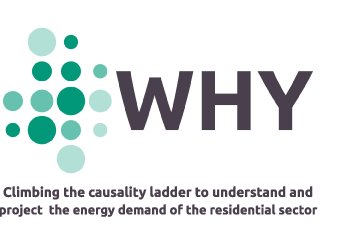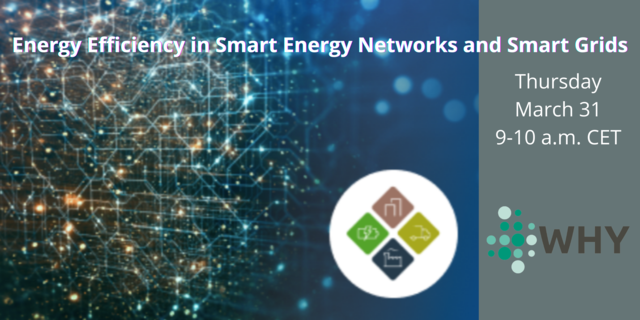As a response to the European Commission’s 2050 decarbonization goals, sEEnergies uniquely considers all aspects of the Energy Efficiency (EE) First Principle. By applying it in sectors and markets, country-by-country and grid-by-grid, and by combining temporal and spatial analyses, sEEnergies will develop an innovative, holistic and research-based EE-modelling approach.
The aim of sEEnergies is to quantify and operationalize the potential for energy efficiency in buildings, transport, and industry. The project goes beyond state-of-the-art science-based knowledge and methods, as it combines sectorial bottom-up knowledge with hour-by-hour modeling of the energy systems and spatial analysis in the EU. Web: www.seenergies.eu Twitter: @sEEnergiesEU
At this Dirk Saelens from KU Leuven presents the sEEnergies research on how an overall analysis of the behavior and costs of different energy grids is needed to assess the feasibility and technological constraints of scenarios (current and future for 2030 and 2050) towards a full decarbonization. In the sEEnergies project the impact on electricity, thermal, and gas networks of energy efficiency scenarios is scrutinized. In this webinar we will focus on the electricity grid however results on natural gas grids and district heating is also presented. The findings will be combined into an indicator showing the potential issues and opportunities to implement the scenarios in the EU regions.
Dr. Noah Pflugradt will give an overview of the current state of research regarding residential demand-side management. This is part of the ongoing work in the WHY project. Residential demand-side management has the potential to significantly influence renewable energy adoption by consuming more energy when it’s available, which is one of the main goals of building a smart grid, but there are large uncertainties regarding the amounts and duration of energy that can be shifted. This talk will give an overview and introduce open-source software that can help users to quantify the potential for their specific situation.
Click here to register!





